Twinkles Dwarf Coral Bark Japanese Maple – 3 Gallon Pot
$219.97 Original price was: $219.97.$98.99Current price is: $98.99.
SKU: D2LSC 1396371155 Category: JAPANESE MAPLE TREES
- Buy quality, buy with us.
- Your Security is Our Promise
- Sustainable materials, for a better tomorrow.
- SSL encryption, absolutely safe shopping

‘Twinkles’ Dwarf Coral Bark Japanese Maple
Acer palmatum ‘Twinkles’
Plant Details
USDA Plant Hardiness Zones: 7a-9b Find Your Zone
Plant Type: Deciduous Tree
Height at Maturity: 6-7′
Width at Maturity: 3-4′
Growth Habit / Form: Bushy, Upright, Vase Shape
Growth Rate: Slow to Moderate
Foliage Color in Spring: Lime Green
Foliage Color in Summer: Medium Green
Foliage Color in Fall: Yellow
Light Needs: Full Sun or Mostly Sun, Morning Sun with Dappled or Afternoon Shade, All Day Filtered Sun, Morning Shade with Evening Sun
Water Needs: Average, moderately drought tolerant when established
Soil Type: Sandy, Loam & Clay (Condition heavy clay soils when planting)
Drainage: Well drained soil is a must!
Soil pH: 5.0 – 7.0 is ideal
Maintenance: Low
Resistances: Deer – more info, Heat Tolerant, Insect Resistant, Sun Tolerant, Disease
Description
We are very excited to introduce ‘Twinkles’, a new dwarf Coral Bark Japanese Maple, discovered in Georgia as a chance seedling. While having many of the same characteristics as its larger growing cousins, such as the brilliant coral-red bark in winter, the diminutive Twinkles measures in at only 6 feet tall and 3 to 4 feet wide at maturity, making her a perfect fit for smaller garden spaces and containers. But there are other unique and exciting attributes. First, the dainty new leaves emerge pink changing to light lime-green providing an overall soft look to the tree. Second, Twinkles could also be nicknamed “The Fireworks Maple.” Reason being, as July approaches a second flush of tiny, brightly colored leaves in shades of pink, red and golden-yellow on slender shoots appear, giving the effect of twinkling fireworks, hence the name. With the arrival of cooler temperatures in fall the leaves transition to yellow, orange and red shades. Late fall and winter sun then sets off the brilliant red color on the leafless branches, which adds incredible interest in the landscape. Sun tolerance is good however we’d suggest some filtered sun or shade during the midafternoon hours.
Landscape & Garden Uses
To showcase its magnificence and beauty, the Twinkles Japanese Maple is best used in the landscape as a focal point specimen to draw attention to a specific area of the home or landscape. That said, you can plant it in groupings of three or plant two to frame an entryway. Excellent for containers!
Spacing: At least 8 feet apart for space between trees
Note: One Japanese Maple can make a landscape…that is if you don’t overcrowd it with other trees and plants. Therefore, when selecting companions to plant under or around your Japanese Maple, make sure to select low-growing shrubs or groundcover plants that won’t interfere at all with your tree.
Growing Preferences
Though delicate looking, Japanese Maples are actually very tough and long-lived trees. They are very easy to grow in both the ground or in containers, a practice taken to its most extreme form in the art of bonsai.
In their natural habitat, Japanese Maples are understory trees, growing in dappled forest sunlight at the edges of woodlands. Ideally they prefer to be grown in similar conditions. While Twinkles will tolerate full sun in Zone 7, we suggest some filtered sun or shade during the midafternoon hours in zones 8 and 9. You can find a complete listing of our sun-tolerant Japanese Maple varieties here.
Most any average garden soil will grow Japanese Maples. They prefer a moist but well-drained soil rich in organic matter. As with so many other ornamental plants and trees, constantly soggy or wet soil can be problematic. So make sure to plant your Japanese Maple in a well-drained site.
Helpful Articles
Click on a link below to find helpful advice from our experts on how to plant and care for Japanese Maple trees.
How To Plant A Japanese Maple Tree In The Ground
How to Plant A Japanese Maple Tree In A Pot
How To Fertilize And Water A Japanese Maple Tree
How To Prune A Japanese Maple
Plant Long & Prosper!
Meet The Wilson Brothers & Staff
Questions? Contact Us!
Be the first to review “Twinkles Dwarf Coral Bark Japanese Maple – 3 Gallon Pot” Cancel reply
Related products
Sale!
JAPANESE MAPLE TREES
Sale!
JAPANESE MAPLE TREES
Sale!
JAPANESE MAPLE TREES
Sale!
JAPANESE MAPLE TREES
Sale!
JAPANESE MAPLE TREES
Sale!
JAPANESE MAPLE TREES
Sale!
JAPANESE MAPLE TREES
Sale!
JAPANESE MAPLE TREES



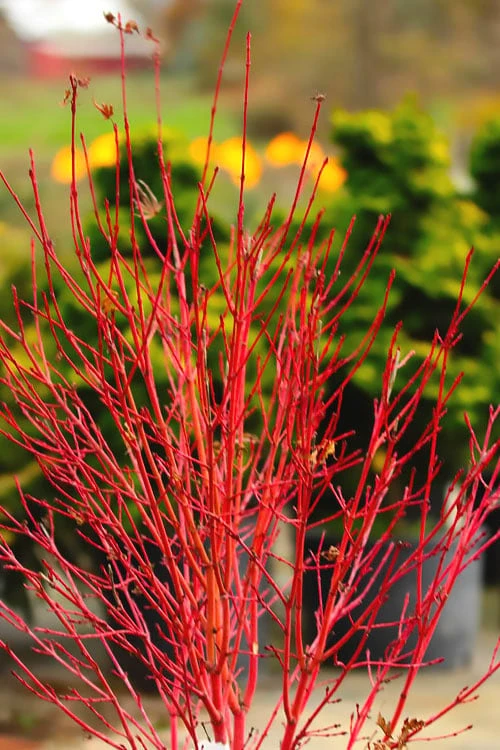
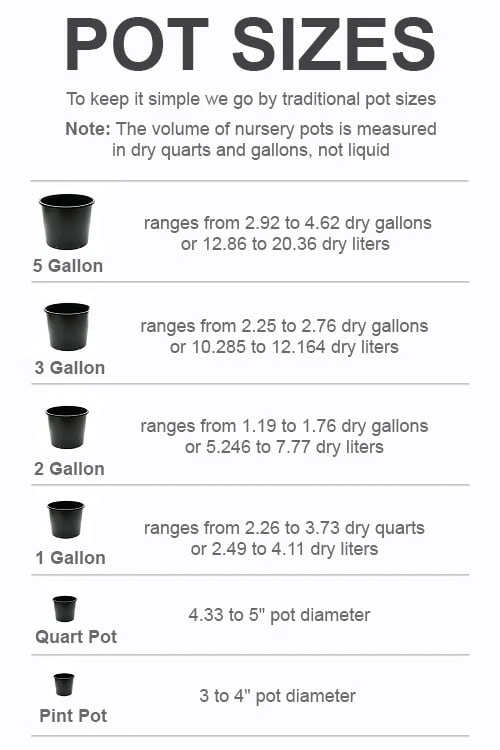
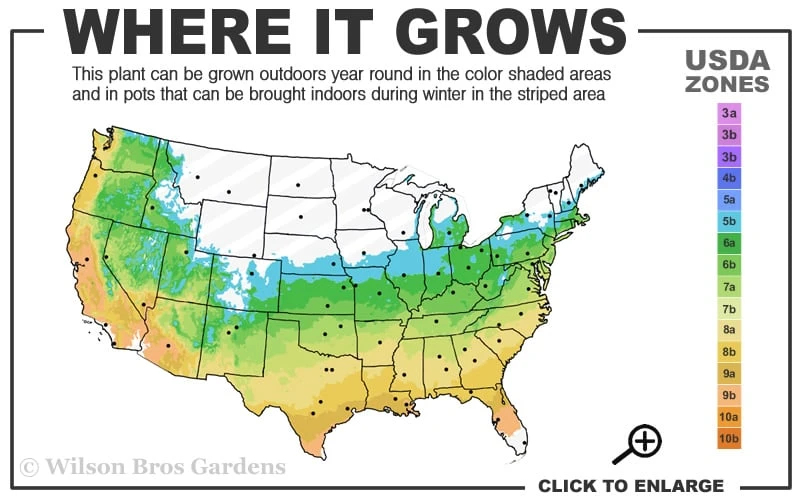

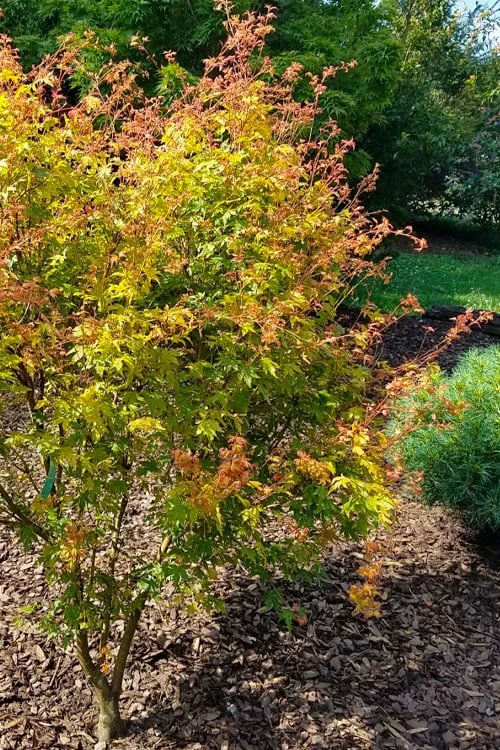




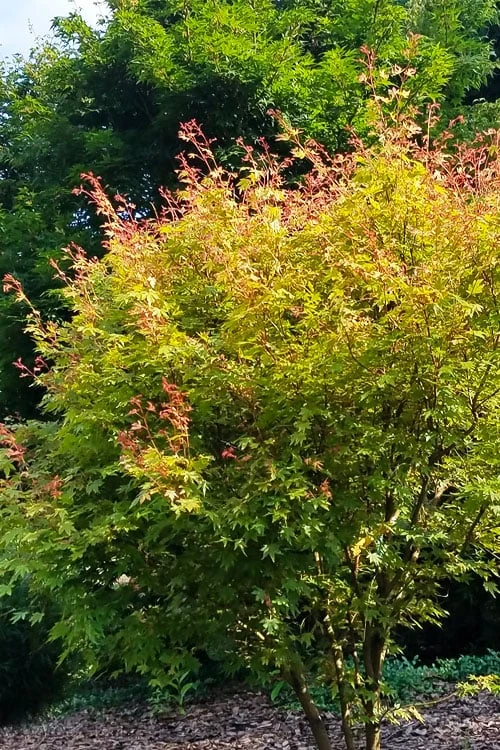
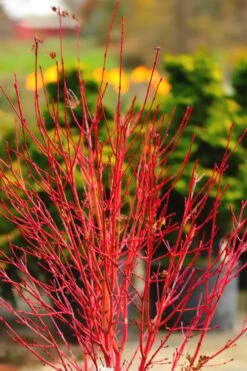
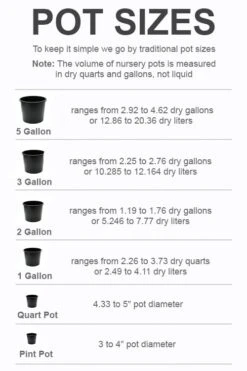
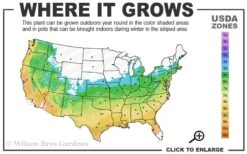
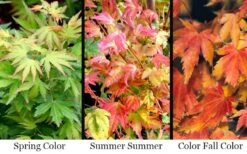
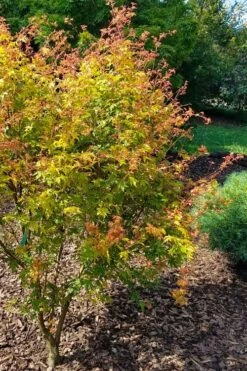

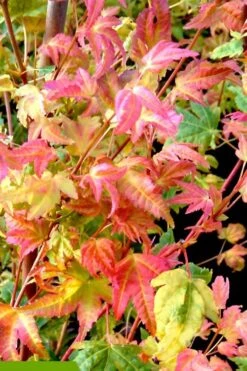
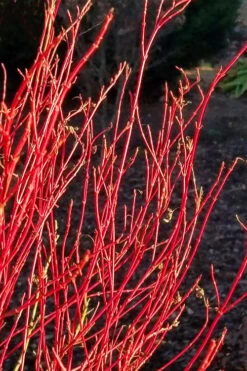
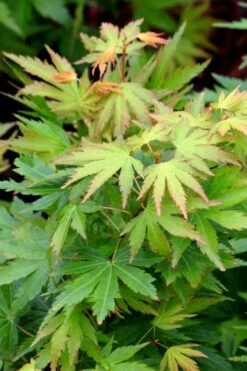
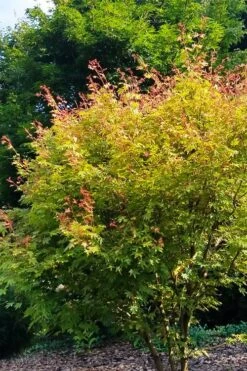


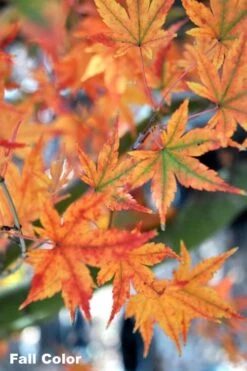
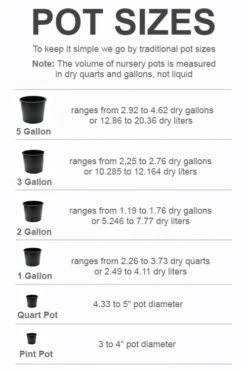


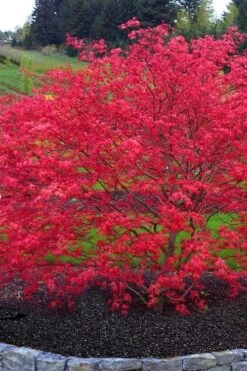
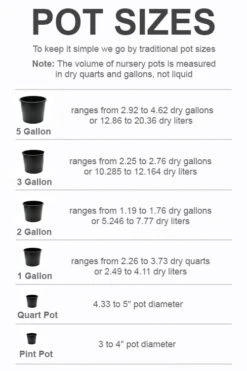





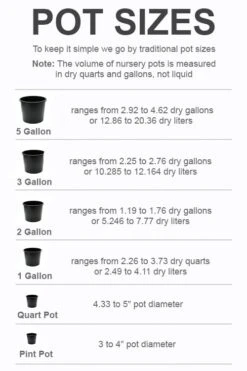


Reviews
There are no reviews yet.